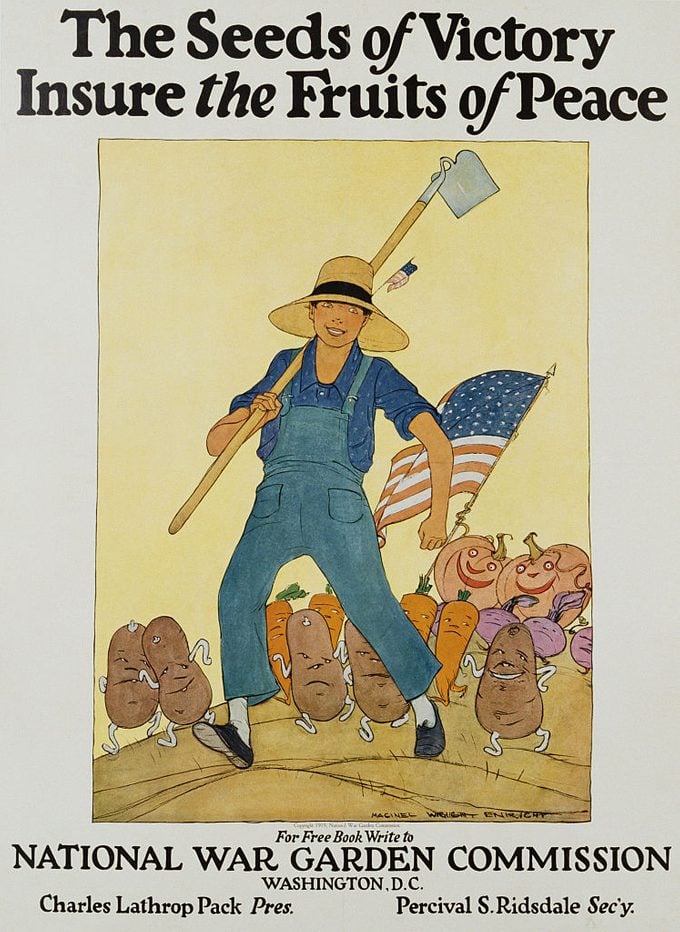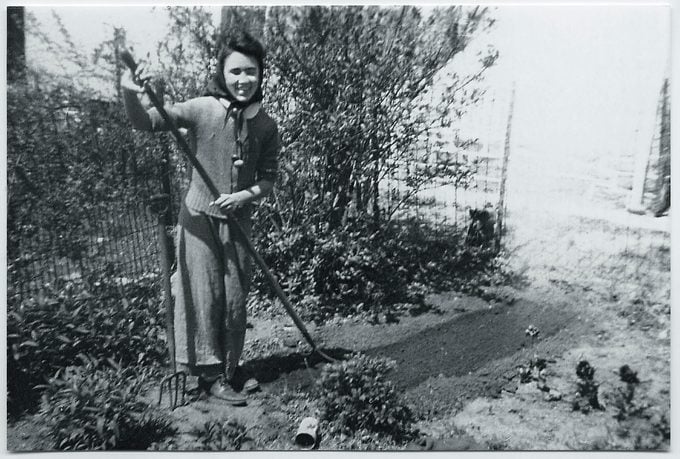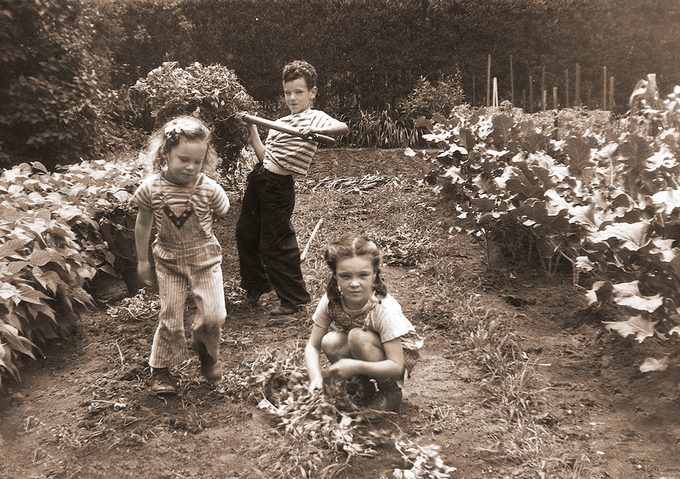6 Fascinating Victory Garden Facts
Updated: May 25, 2023
From when they began to how many tons of food they produced, learn about a key piece of the American war effort: the victory garden.
Victory Gardens Began Earlier Than You Think
Although most people associate the victory garden with World War II, they were first created and promoted during World War I. Americans were encouraged to use any available land for food production. This included backyard gardens, rooftops, vacant lots, and more.
Grow your own food with these fast-growing vegetables you can harvest quickly.
Why Were They Called Victory Gardens?

As head of the U.S. National War Garden Commission, businessman Charles Lathrop Pack heavily promoted “war gardens” in 1917 and later helped coin the name that stuck: victory gardens.
War Garden Programs for Kids Were Very Popular

More than 1 million children enrolled in the United States School Garden Army, a victory garden program for kids, in 1919. In 1942, approximately 15 million families took part in the effort. In 1944, New York public schoolchildren learned how to tend gardens, and put the knowledge to practical use by planting in the vacant lots next to schools.
Gardening with kids: check out our guide to backyard tasks for every age.
Millions Grew Gardens During World War II

By 1943, 20 million victory gardens were growing in the U.S. — producing millions of tons of vegetables. During World War II, approximately half of all Americans had one.
Discover 6 genius ways to use up extra tomatoes and veggies.
War Effort Gardens Produced Billions of Pounds of Food

Wartime gardeners in 1943 produced 10 billion pounds of food and provided 40% of the country’s fresh produce supply by 1944. Victory gardens promoted unity among American people, corporations, and even publishers, as encouragement to grow one’s own produce came from multiple places in American society. Frequently grown crops included beets, cabbage, tomatoes, turnips and squash.
Even The White House Planted a Victory Garden
Eleanor Roosevelt planted a victory garden at the White House to support the war effort. Diana Hopkins, the 11-year-old daughter of one President Franklin Delano Roosevelt’s advisers, tended to the garden.
Follow these tips for saving tomato and veggie seeds from your harvest.




















